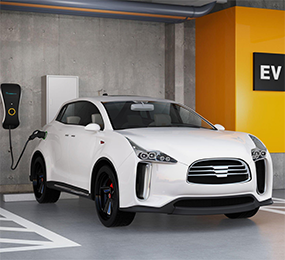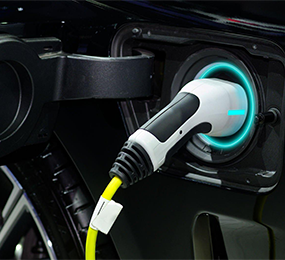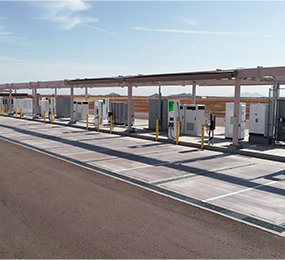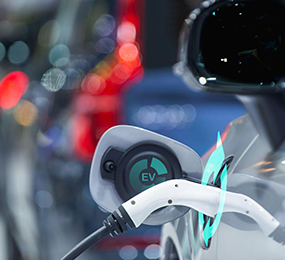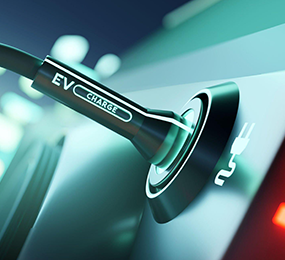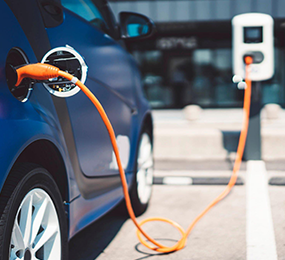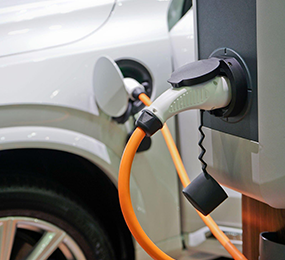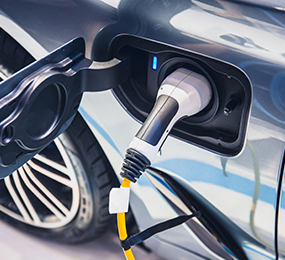How fleets can supercharge the path to net zero
Fleets will accelerate the use of electric vehicles.
However, it is not as easy as just replacing out old gasoline automobiles for new electric counterparts. Fleet is very much at the forefront of the e-Mobility adventure. In the heavy-duty vehicle category, electric-powered vehicles might play a significant role in achieving zero-emissions. The transition is dependent on a complex, interconnected global web that includes automaker production and vehicle model availability, charging infrastructure installation and operation, core material availability, electricity network adjustments, operational changes to corporate fleet, social acceptance, and government policy. Each of these elements must work together. And they must be supported rather than hampered by regulatory actions if the future of e-Mobility is to be realized.
While the transition presents organizations with a volatile and uncertain environment, it also represents a once-in-a-generation opportunity to reimagine fleet management and value propositions, reframe energy networks and retailing, and enable smart manufacturing collaborations, supply chains, and jobs for the future.
Why must the fleet be electrified first?
Fleet is the low-hanging fruit that may provide the greatest and fastest environmental benefits.
The fleet will contribute the most quickly and significantly to the decarbonization of road transport. The fleet sector, although being relatively modest at 63 million vehicles (20% of total vehicle), is disproportionately harmful to the environment. It accounts for more than 40% of all kilometers traveled and half of total road transport emissions. As a result, it serves as the largest and most significant electrification test case.
The ban on non-EV sales and the requirement for fleets to transition to alternate vehicle types grows tougher with time. Because of this, as well as low-emission zones, EVs are the only realistic alternative for some enterprises. In reality, the number of fleet vehicles - including EVs and ICE - is expected to increase by 15% by 2030, reaching 73 million vehicles. And, from 420,000 fleet EVs now, a 24-fold rise in overall electrified fleet will bring real numbers to 10.5 million by 2030.
At the Starting Line
Net Zero objectives have also pushed fleet operators, including passenger and light commercial vehicle fleets, as well as bus and heavy vehicle fleets, to consider transitioning to electric vehicles in order to reach their own targets and kick-start the larger change. Meanwhile, the second-hand market, which has traditionally been a healthy recipient of vehicles that begin life inside a fleet, will be dependent on early BEV adoption and subsequent disposal by fleet operators.
Visit our website to know more: https://bit.ly/3W0umUp
For more information and group participation, contact us: [email protected]
Leadvent Group - Industry Leading Events for Business Leaders!
www.leadventgrp.com| [email protected]


